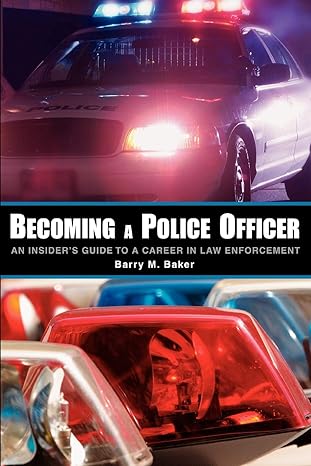
The designation of suspect or person of interest is irrelevant when weighed against the importance of identifying the right person responsible for the crime committed.
~ Barry M. Baker Tweet

Detective Lieutenant Barry M. Baker (ret.) is a 32 year veteran of the Baltimore Police Department.
Person of interest is a term used by police and media to project a kinder and gentler image of a person suspected of committing a crime. The term may have first appeared during the Green River Killer investigation in 1986, but it gained prominence ten years later.
Richard Jewell was a security officer at the 1996 Summer Olympics in Atlanta, Georgia. He discovered an abandoned backpack containing a bomb, and his subsequent actions saved many lives. First hailed as a hero, he would soon become a suspect based only on a psychological profile. Jewel was never arrested or charged with any crime, but he suffered several months of harsh media speculation without evidence. Jewell would eventually settle libel suits with major media organizations for undisclosed amounts.
A Distinction without a Difference – Person of Interest v Suspect
The Jewell debacle exposed the dangers of libeling people by jumping to conclusions, and the media found a debatable solution. They would refer to a suspect as a person of interest. Some words or phrases describing the same things do have more negative connotations than others, and the point is taken.
Today, person of interest is still widely used, but suspect was never displaced. The advent of social media and the proliferation of media organizations ensure the default position of suspect. Your police department’s crime report may have a field labeled “Person of Interest,” or it may be labeled “Suspect.” Hence, it’s a distinction without a difference.
Person of Interest or Suspect can be a Fluid Designation
The suspect or person of interest label can be applicable to a person one day, and it can be gone the next or sooner. During an investigation, a person can achieve suspect status with minimal evidence or no real evidence at all. It can be as simple as a hunch, but it leads you to investigate further.
Tunnel Vision, Fixation Principle and Jumping to Conclusions
Tunnel vision is a phenomenon often found during the use of deadly force. You become fixated on your target, and your peripheral vision does not alert you to other dangers. The fixation principle also applies to developing a suspect or person of interest. When you become fixated on a suspect by certain evidence, you might ignore other contradictory evidence.
Jumping to conclusions is a trait instilled in every human being, and you need always keep this fact in mind. It’s clear that Richard Jewell’s suspect status was a result of fixation based solely on a psychological profile absent evidence. The tunnel vision set in, and everybody jumped to an obviously wrong conclusion.
The most important part for you to remember is the fixation principle. Always keep an open mind, because you must never ignore any information or evidence that may contradict the direction of your investigation. The designation of suspect or person of interest is irrelevant when weighed against the importance of identifying the right person responsible for the crime committed.
Related Content for Person of Interest
Advertisements


